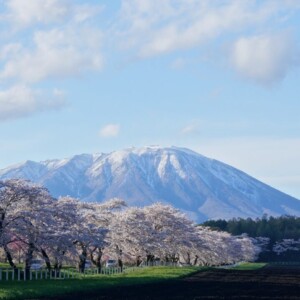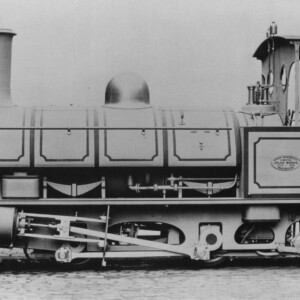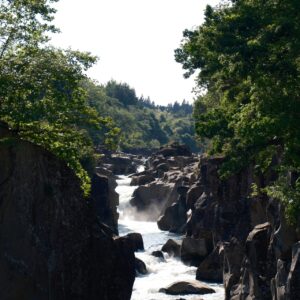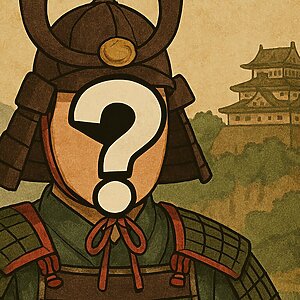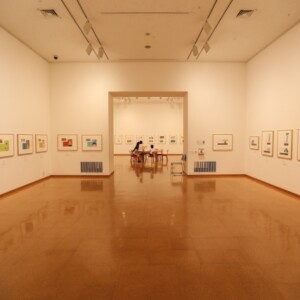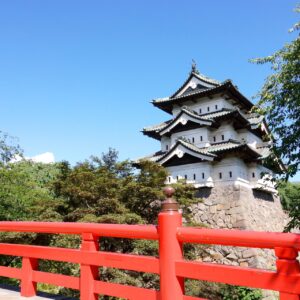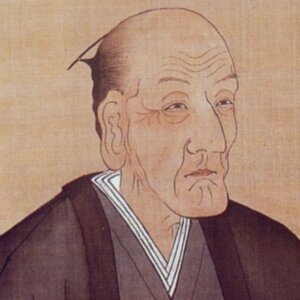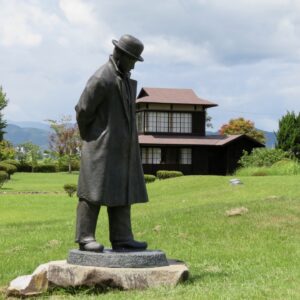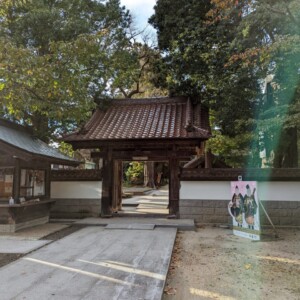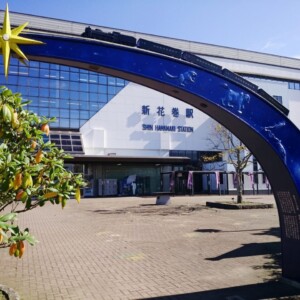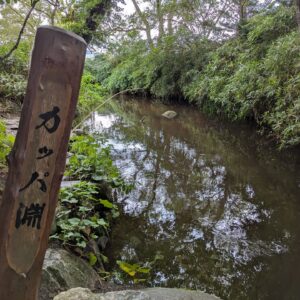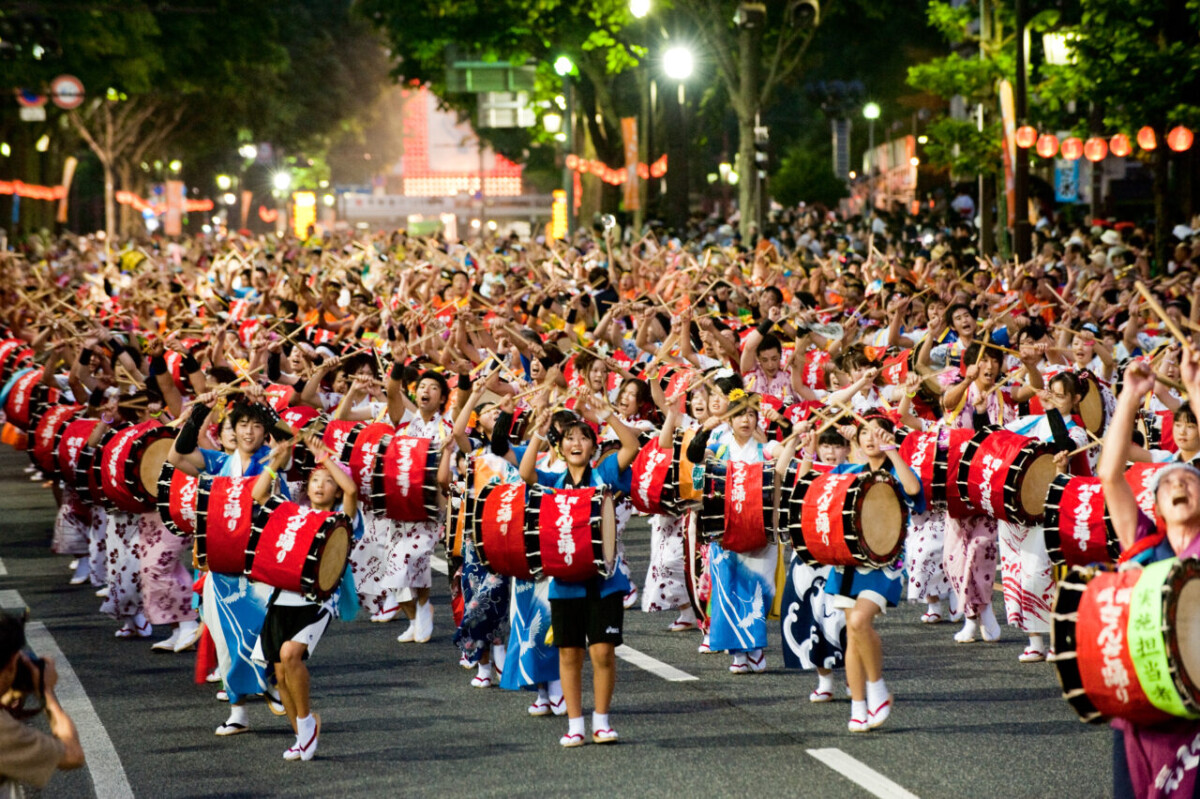
[Morioka City, Iwate Prefecture] What is the history and types of Morioka Sansa Odori? The Guinness World Records drum parade is spectacular!
table of contents
Morioka Sansa Odori synonymous with summer in Iwate , the "Six Great Tohoku Festivals," taking place from August 1st to 4th, and is the first festival to liven up the Tohoku summer.
This time, we will introduce the history and types of Morioka Sansa Odori in detail
The origin of Sansa Dance
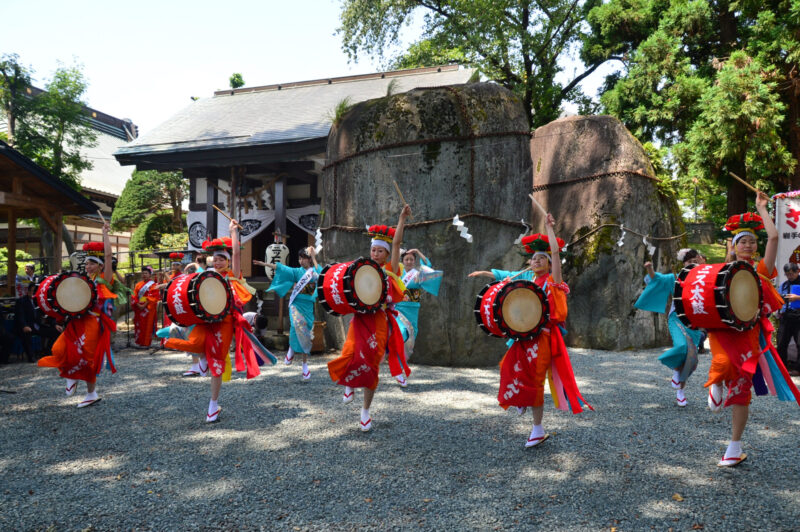
It is said that
the roots of Sansa Odori the "slaying of demons " Long ago, a demon called "Rasetsu" was committing evil deeds in this area, and the people, at their wit's end, prayed to the god of Mitsuishi Shrine to slay the demon.
The god heard their prayer, captured the Rasetsu, and tied him to a large rock (Mitsuishi) within the shrine grounds.
The captured Rakshasa vowed never to do any more mischief, and as proof of this, stamped his handprint on a large rock before running away.
The people were overjoyed to have their peaceful lives restored, and they began dancing around the large rock where the demon had left his handprint, " Sansa dance , Sansa dance ," which is said to be the beginning of the Sansa Dance .
It is also said that this episode , "Handprint on the Rock," is the origin of the name of Iwate Prefecture
Guinness World Record holder! The world's largest taiko drum parade
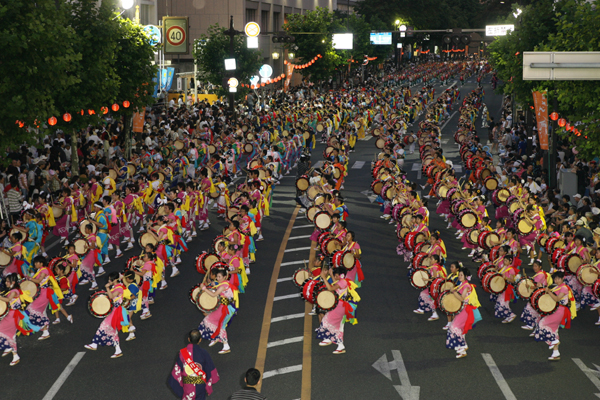
In 2014, Morioka Sansa Odori was recognized by the Guinness World Records for the "Largest Japanese drum ensemble."
It was once certified by Guinness in 2007 with 2,571 participants, but in 2011, the Sansa Odori record was broken by the "Sanzennin Taiko" event held in Kumamoto City, which attracted 2,778 participants.
In 2014, in hopes of regaining the Guinness World Record and supporting recovery from the Great East Japan Earthquake, many participants gathered not only from Iwate Prefecture but from all over the country, and it once again regained its glory with 3,437 participants, far exceeding the previous record.
What kind of dance is Morioka Sansa Odori?
The Morioka Sansa Odori festival began in 1978, but the Sansa Odori itself has a long history, having been danced in Morioka and its surrounding areas during Obon and other festivals since the days of the Nanbu domain over 300 years ago. There
are two main types of Sansa Odori "Traditional Sansa" and "Unified Sansa."
Traditional Sansa
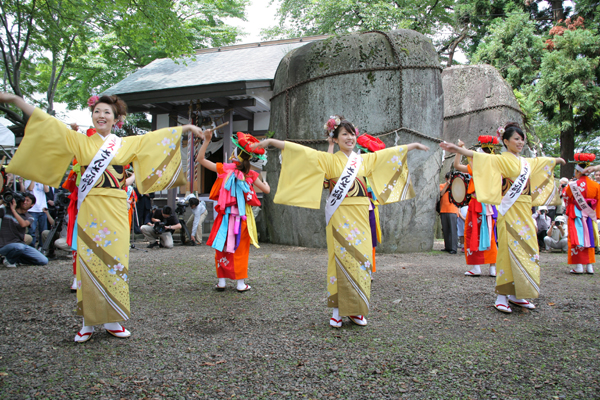
This dance has been passed down in various regions since the days of the Nanbu domain, and the costumes and dance style differ from region to region
There are preservation societies all over the country dedicated to passing on traditional Sansa, a precious local performing art, to future generations, and four groups have been registered as Iwate Prefecture's Intangible Folk Cultural Properties, and 15 groups as Morioka City's Intangible Folk Cultural Properties
Unified Sansa
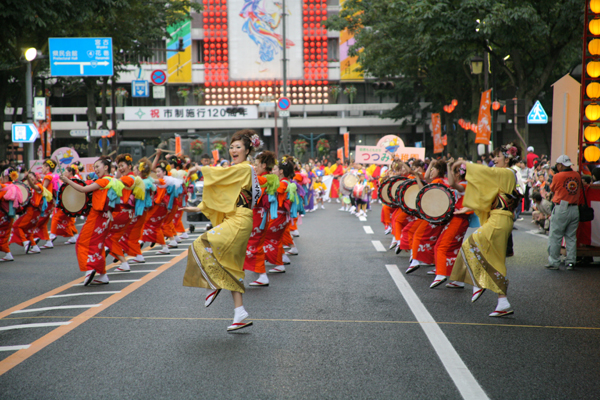
This dance was created to coincide with the start of the Morioka Sansa Odori in 1978. It was choreographed to be danceable by anyone, taking inspiration from the traditional Sansa dances of each region
There are four types of performances in the Unification Sansa
- First Integrated Sansa
- Second verse: Tanabata Kuzushi
- Third Dance: Eyasa Dance
- Number 4: Fukko Dance
, there is not only a spectacular parade of unified Sansa dances, but a "Traditional Sansa Odori Competition"
A spell to bring happiness? What does the chant "Sakkora Choiwayasse" mean?

During the Sansa Odori dance, both the dancers and the drummers chant "Sakkora Choiwayasse." When written in kanji, "Sakkora" "koukorai , which means
"to bring happiness, to come There is also another "Hara, hara, harase!" is said to mean
"to exorcise evil spirits." is an auspicious chant that drives away evil spirits and brings happiness, so why not sing it along to the rhythm of the drums!
Instruments used in the Sansa Dance
The Sansa Dance performance consists of drums, flutes, and gongs
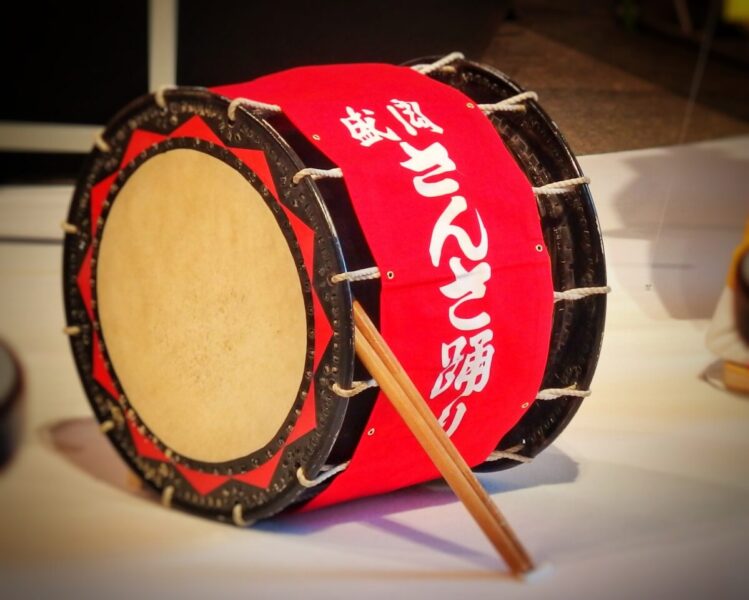
Among them, the drum, which is synonymous with the festival, is about 50cm in diameter and weighs about 7kg, which is the equivalent of about 14 500ml plastic bottles
I have actually participated in a parade as a drummer, and the weight of the drum is quite impressive. The drummers beat the drum while swinging their bodies from side to side, jumping and hopping on one foot, and march through the parade for about 1 km
summary
Sansa Dance is a joyful dance with many stories unique to Iwate, a region with many legends about demons
Let's join in the fun of the Morioka people of that time, who defeated demons and brought happiness to the people, and enjoy Tohoku's short summer by shouting "Sakkora Choiwayasse!"
Morioka Sansa Dance <Information>
- Name: Morioka Sansa Dance
- Event period: August 1st to 4th
- Official URL: https://sansaodori.jp/



![[Akita Prefecture] Before enjoying Akita's representative summer festival "Kanto Festival" in Tohoku! Introducing the history and trivia you need to know 56404_m](https://jp.neft.asia/wp-content/uploads/2022/07/56404_m-150x150.jpg)
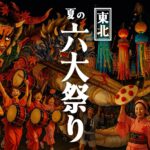
![[Aizu Tajima Gion Festival Photo Report: Part 2] Seven-lined procession, also known as Japan's number one bride procession [Minami Aizu Town, Fukushima Prefecture] 2025.07.22 Aizu Tajima Gion Festival_Japan's No. 1 Bride Procession](https://jp.neft.asia/wp-content/uploads/2025/07/IMG_38592-150x150.jpg)
![[Morioka City, Iwate Prefecture] Morioka Fireworks Festival 2017 is the biggest summer event in the Morioka area! Delivering overview and hidden gem information bbff950c647492150ec211d842ca1a16_m](https://jp.neft.asia/wp-content/uploads/2017/07/bbff950c647492150ec211d842ca1a16_m-150x150.png)
![[Tohoku Six Prefectures] Enjoy Tohoku's summer festivals to the fullest! ~Summer Festival Complete Guide~ 4583385_m](https://jp.neft.asia/wp-content/uploads/2023/07/4583385_m-150x150.jpg)
![[Morioka City, Iwate Prefecture] Wanko Soba? Or cold noodles? Famous restaurants in Morioka City where you can enjoy local specialties! 07f2925e8186367aef1f9a04b7335be1_m](https://jp.neft.asia/wp-content/uploads/2017/04/07f2925e8186367aef1f9a04b7335be1_m-150x150.png)
![[Morioka City, Iwate Prefecture] A famous spot that is very popular with children! Guide to Iwayama Parkland and Iwate Prefectural Transportation Park c547461ffcd1e39444a5423c7c2438a0_m](https://jp.neft.asia/wp-content/uploads/2017/07/c547461ffcd1e39444a5423c7c2438a0_m-150x150.png)
![[Morioka City, Iwate Prefecture] Morioka Handicraft Village is a gathering of top craftsmen! You can experience making traditional crafts 7aaa1471b933f1c5f96cea074d459fe1 m](https://jp.neft.asia/wp-content/uploads/2017/07/7aaa1471b933f1c5f96cea074d459fe1_m-150x150.png)
